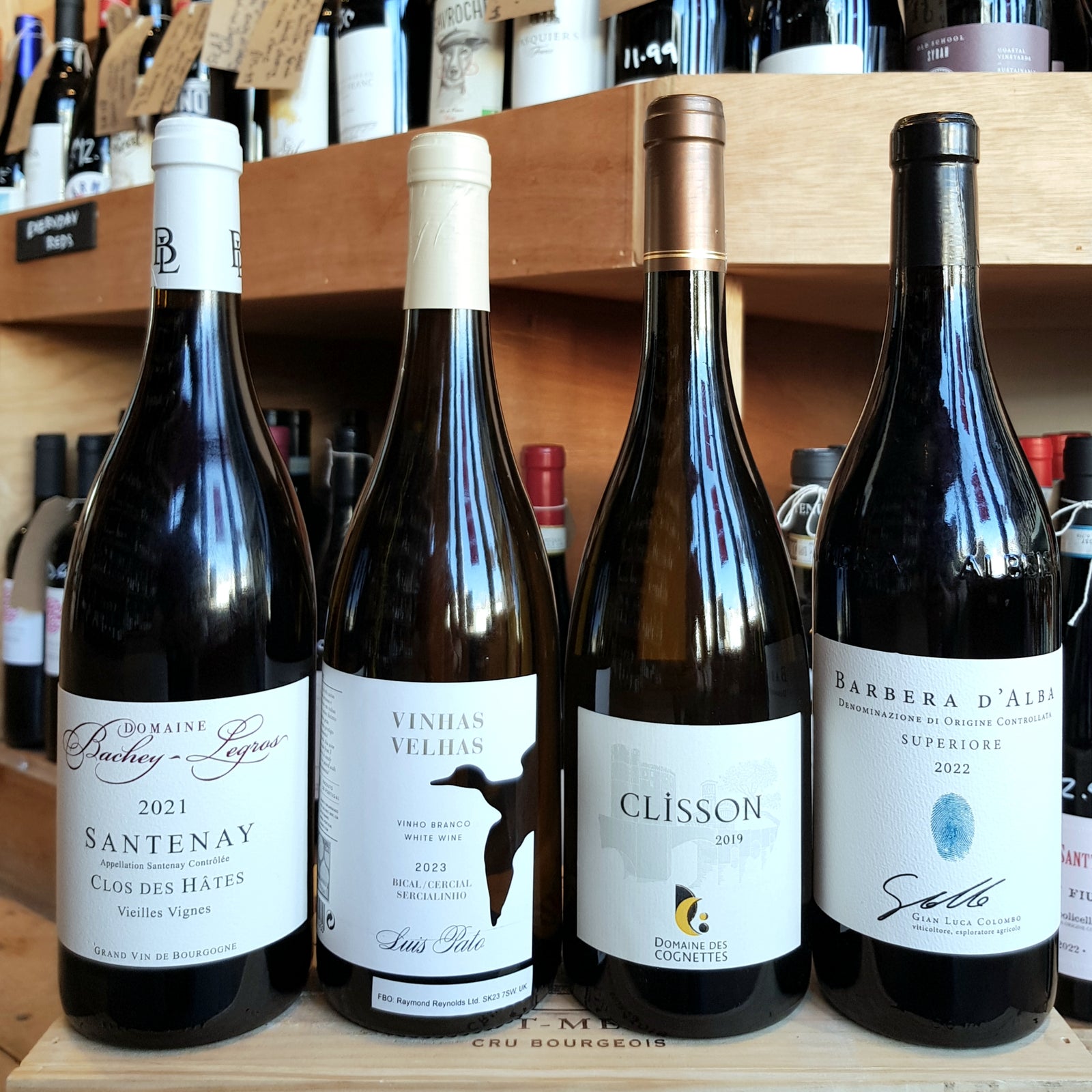
'Vielles Vignes', 'Vecchie Viti', 'Vinhas Velhas'.... Winemakers take a lot of pride in their old vines, but why does it matter? And how old is old vine?
In most commercial winegrowing, vines are pulled up and replaced when they are between 30 and 40 years old - this is the age at which the volume of grapes they produce starts to decrease. So one can say that anything older than this can be considered an old vine - 35 years is the cut-off used by the incredible crowdsourced resource The Old Vine Registry. But vineyards can live far longer than this, around the world there are surviving, producing vines aged over a century!
But the bigger question is why should you, as a wine drinker, care about old vines? Are these just viticultural curiosities to excite wine geeks like myself? The answer is somewhat complicated; there is certainly an element of romance to our love of old vines, the feeling that you are drinking something so directly connected to history is special. But there is also an appreciable influence from the age of a vine on the quality of its output:
Firstly, as mentioned before, the quantity of crop produced by a vine reduces as it gets older. This leads to increased ripeness in the fruit that is produced, giving more intensity of flavour. Old vines will also have a more developed root system, digging as deep as 20 metres into the soil, accessing a greater pool of nutrients. So we can say, in many cases, wines from old vines have greater depth of flavour as well.
Here are a selection of some of my favourite old vine wines from the Butlers range:
Bachey-Legros Santenay Clos des Hates Vieilles Vignes 2021 - £36

Single plot of Pinot Noir vines planted 1935
A 6th generation estate in the Burgundy village of Santenay, Bachey-Legros stand out in the region for the wealth of venerable vineyards they care for. The Clos des Hates, a walled vineyard bordered on 3 sides by Premier Cru sites, is an excellent site right in the heart of Santenay.
The wine delivers classic red Burgundy character in spades, silky and suave tannins wrapping around sumptuously ripe yet perfectly fresh red and black berries. It has a bouquet you want to go back and sniff over and over, revealing nuances floral, spicy and earthy as it opens up in the glass.
Luis Pato Bairrada Vinhas Velhas Branco 2023 - £18.99

Bical, Cercial and Sercialinho from a blend of vineyards aged 40 years or older.
Luis Pato is the elder statesman of Bairrada winemaking, son of the first man to put wines from this coastal region of central Portugal in bottle, he has been making wine in the 1980s and was the first to achieve recognition outside of Portugal.
A blend of three local varieties, this unoaked white shows incredible weight, depth and length that belie its modest 12.5% alcohol. Currently showing a bright and primary aroma of pear and apple fruit, white flowers, toast and a hint of seasalt. The palate is bone dry and very persistent, with nice weight of fruit to balance the powerful acidity. If you have the patience, this will pick up honey and marzipan notes with age over the next decade or two - these are some of the most long-lived wines you'll find at this pricepoint.
Domaine des Cognettes Muscadet-Sevre-et-Maine Clisson 2019 - £23.50 Organic

Melon Blanc vines aged between 33 and 87 years old.
If your only prior experience of Muscadet is the simple, delicate wines sold cheap in French supermarkets to quaff with seafood, this outstanding wine from the Cru village of Clisson will come as a bit of a surprise. The Crus Communaux system in Muscadet is recent, the first 3 to be demarcated (including Clisson) were enshrined in law in 2011 based on their unique soil types and the excellence of the resulting wines. Clisson is a terroir defined by hard granite bedrock, with a shallow stony topsoil, forcing vines to dig exceptionally deep to access water and minerals - the very old vines owned by the Perraud brothers of Domaine des Cognettes exemplify the bold and powerful style typical of this region.
After a slow natural fermentation lasting around 9 weeks, the finished wine is aged on its lees for an incredible 36 months in underground concrete tanks. The lees both contribute creamy, toasty and yeasty character and counteract oxidation during this ageing process.
When tasting, it is hard to avoid a comparison with white Burgundy - the balance between rich, creamy body, stony mineral notes and crisp acidity rivals wines with significantly greater pricetags. The fruit character is more towards white peach, quince and pear, with a light citrus note on the finish.
Gian Luca Colombo Barbera d'Alba 2022 - £33.95 Organic, Biodynamic

Two plots of Barbera, one of 86 year old vines and one ranging from 45-80 years old.
The extremely talented Gian Luca Colombo describes the oft-overlooked Barbera as the variety with which he feels the greatest affinity, and this shows in this stunning wine which is surely among the finest expressions of this grape made anywhere in the world. Carefully tending these plots of octogenarian vines in harmony with nature, alongside his mixed farm, the grapes are treated very gently in the winery using traditional vinification techniques. A long maceration on the skins (up to 40 days) followed by at least a year aging in large Austrian oak barrels helps to refine the beautifully suave tannin at the heart of this wine.
Masses of concentration in the aroma, deep black plum, cherry, blackberry fruit with wildflower, five spice and tobacco delivering complexity. Perfectly tied together on the palate, with body, tannin and acidity in exquisite harmony. Heavenly with slow-braised meats, hard cheeses or mushroom risotto.



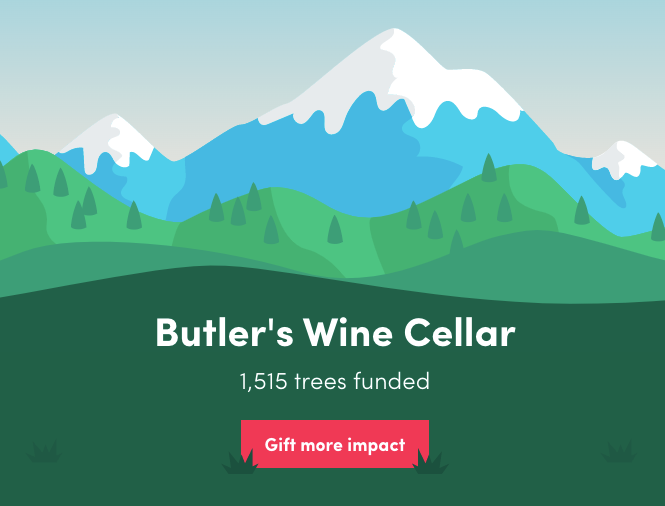


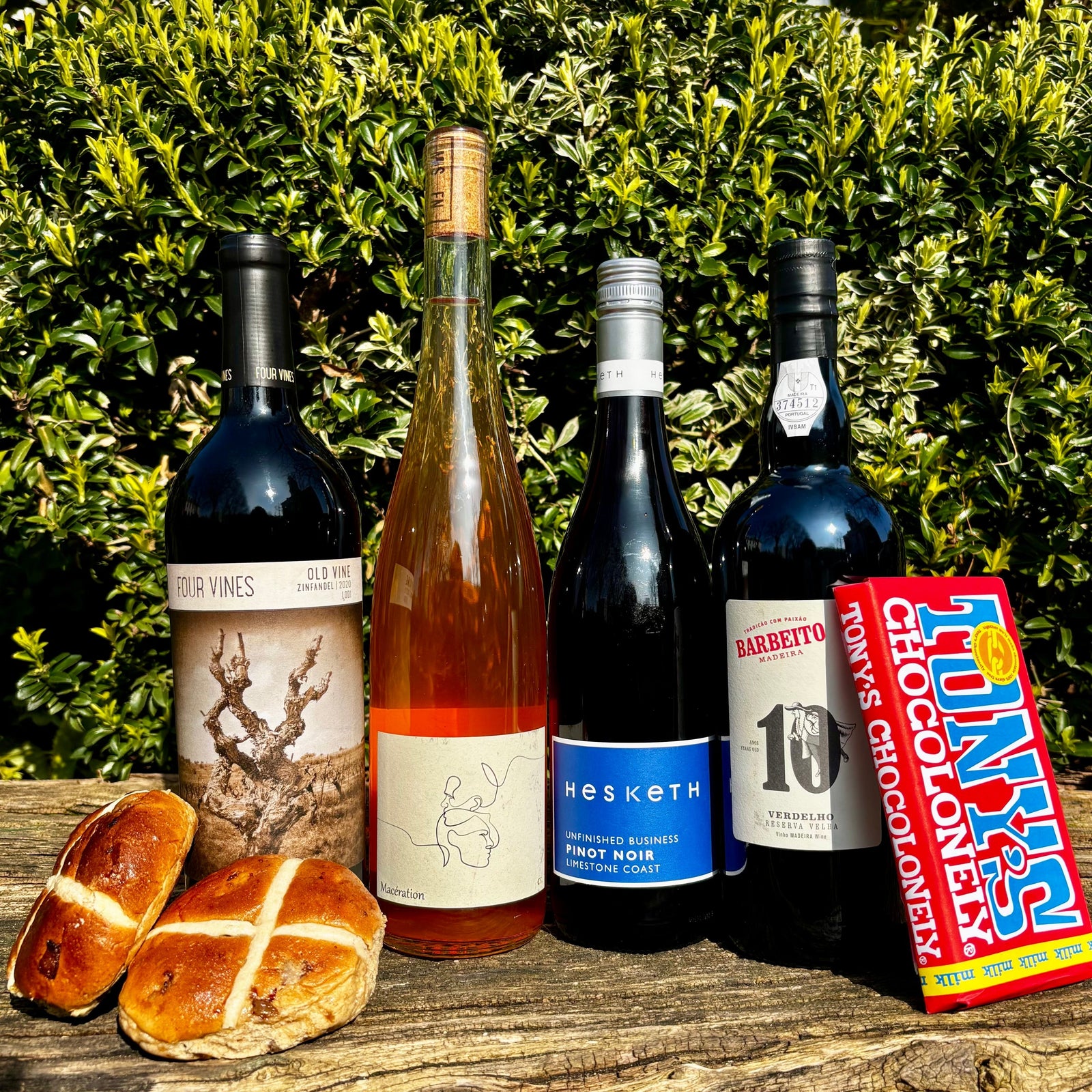
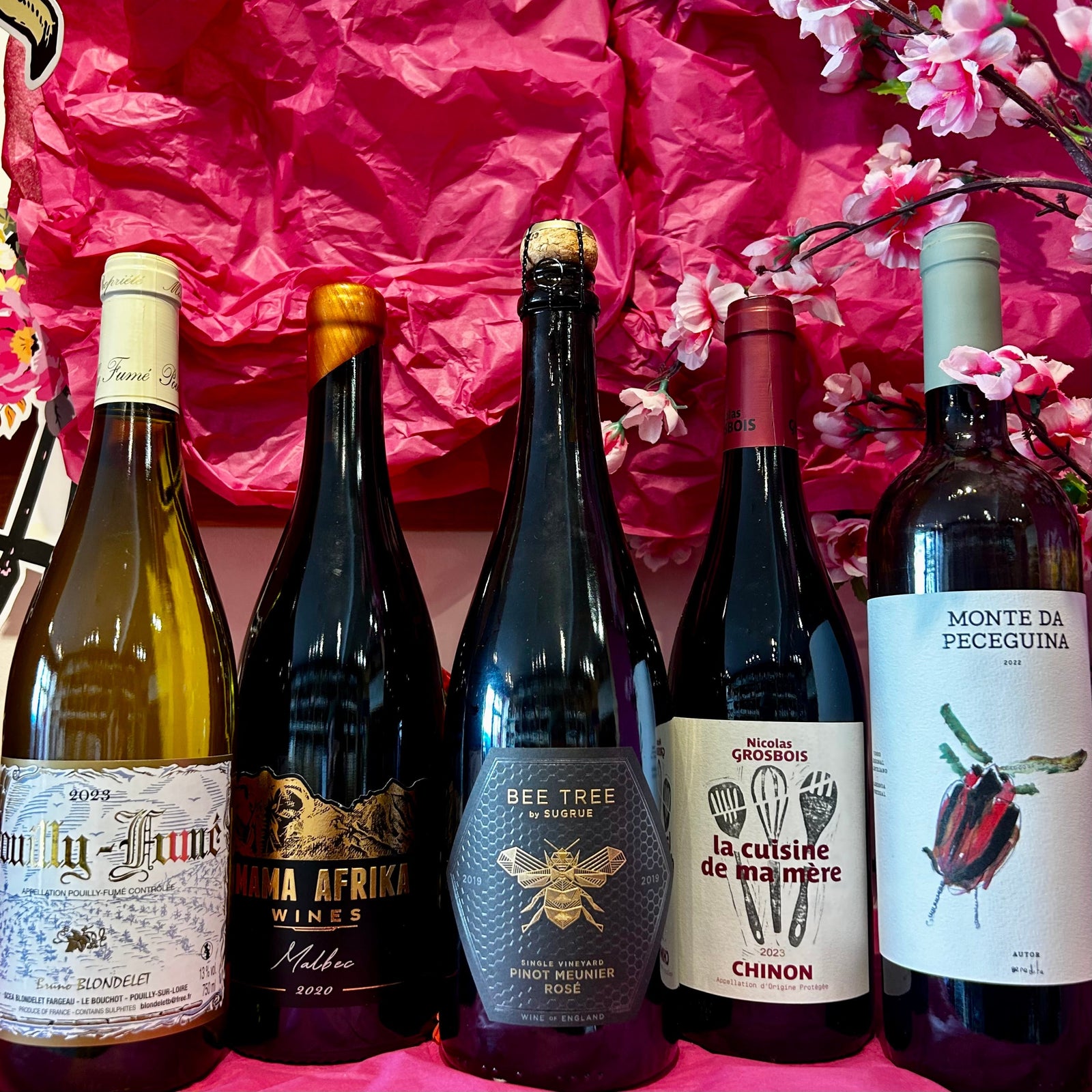
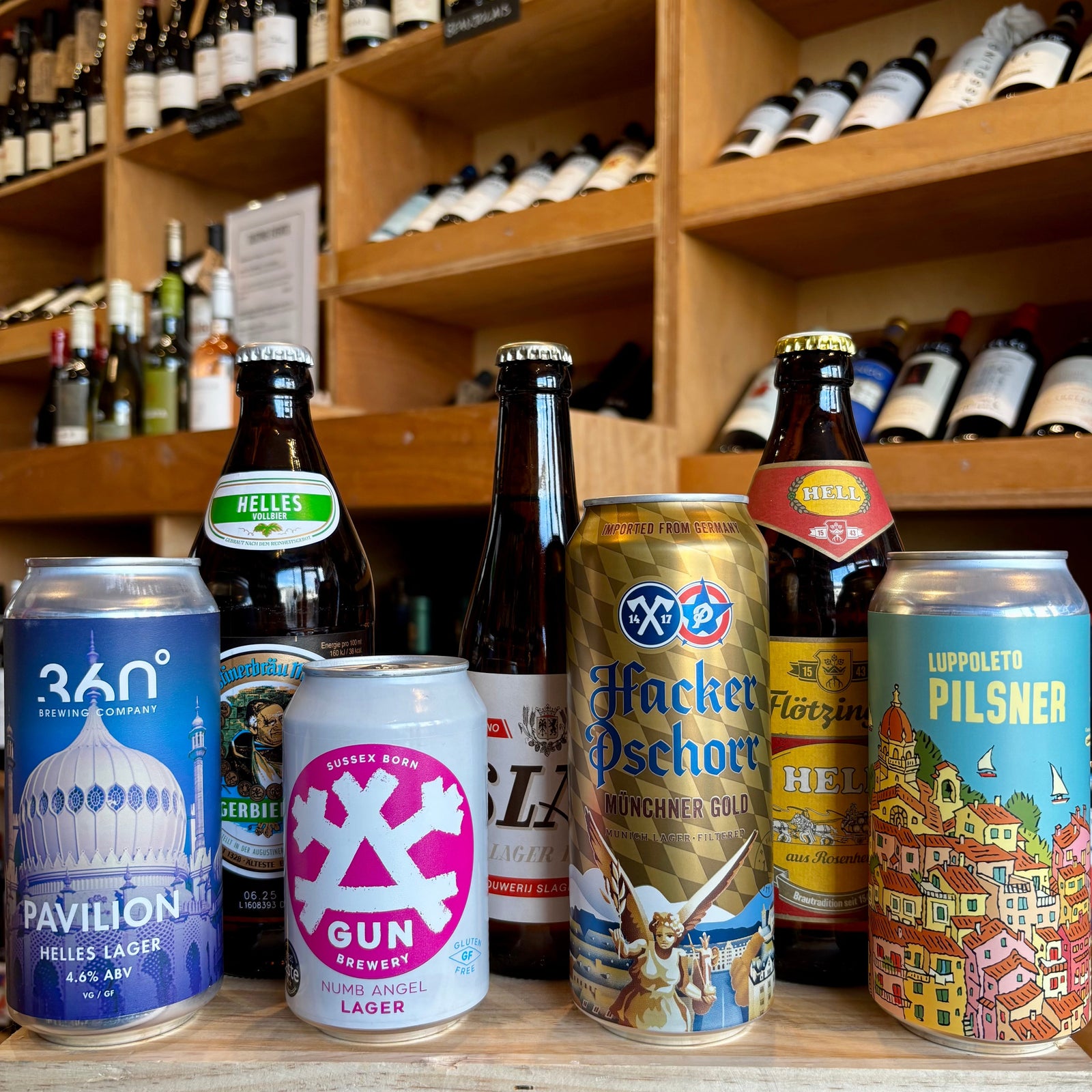
Leave a comment (all fields required)